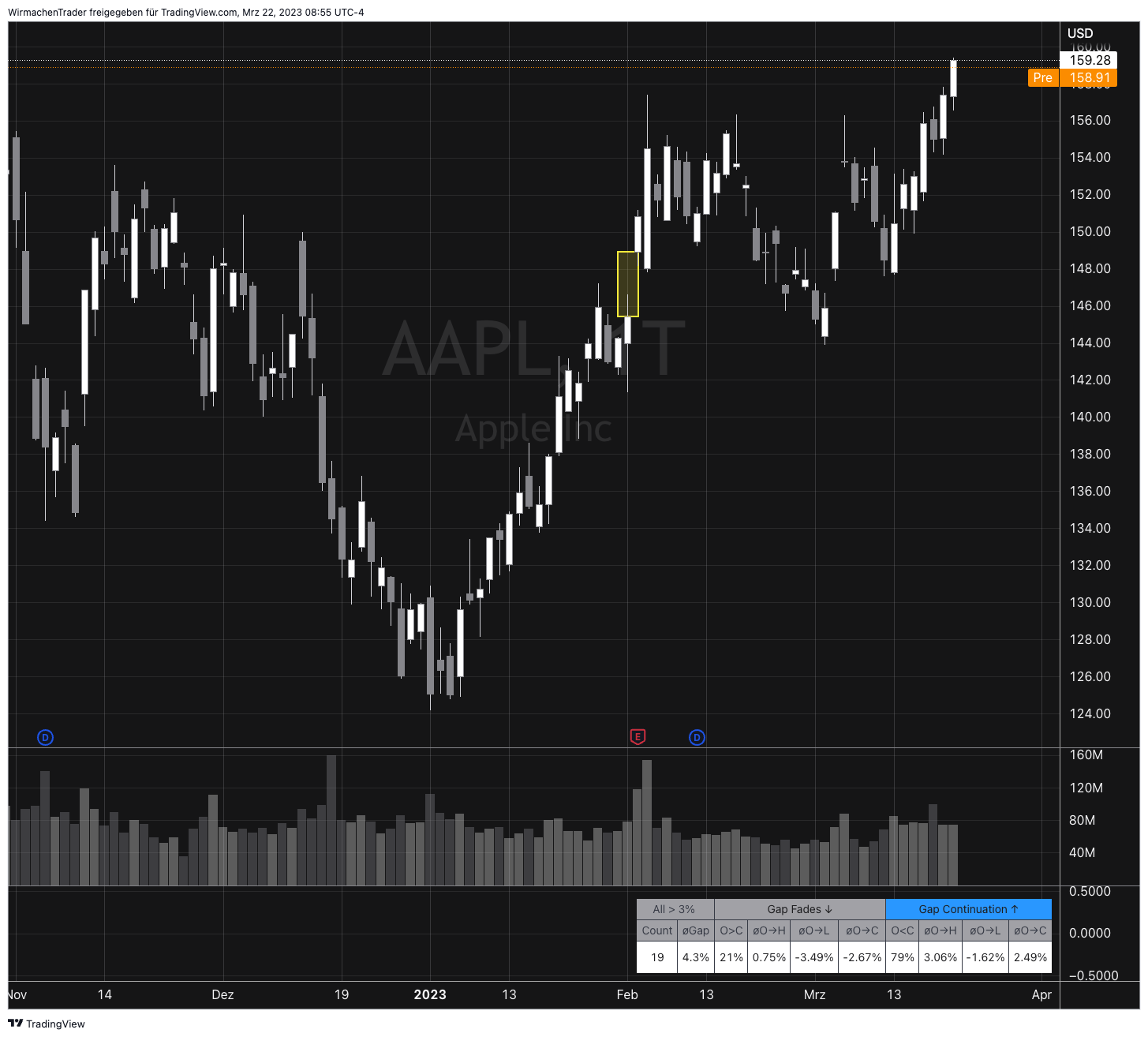The WMT Framework does not limit itself to a single variable in the market, but combines all available information into a complete picture. Essentially, there are five variables that are important for this uncensored view:
- Price,
- Time,
- Volume,
- News, and
- Fundamentals.
Price is not, without reason, the most important point when considering these five variables:
- When you're on TradingView looking at stocks,
- when stocks are reported in the news, or
- when you open the business section of a newspaper,
you'll almost always find information about price. And that information is typically in the form of a relative statement. You might read that Apple gained +3% or that AMD lost -5%. These statements are information about price. I would go so far as to say that the volume has never been mentioned in the news or in a newspaper because it's not relevant to most people.
This does not imply that volume is unimportant. Not at all. It just means that volume alone is not sufficient to make a well-founded forecast about the development of, with several factors. The more significant each variable is, the better the predictions based on them will be. It's not surprising that the predictions are better when these variables match each other better. That's why Gap Trading works so well: this play often involves all five variables.
Gaps are the focus of many market participants. They actively search for them with their scanners and screeners every day. They do this because it is known that the probability is higher for the five points to match each other with sufficient significance in gaps. This is also the reason why stocks that fit this pattern have a significantly increased volume on these days. And this increased volume, this significant increased interest, has reasons that bring us back to our five points. It is a self-contained logical construct.
Compared to many other indicators, patterns, or other technical analyses, a gap is a fixed defined comparison of two points: yesterday's closing price (C1) and today's opening price (O). Therefore, when analyzing the gap, the question arises as to what conclusions can be drawn from this information. What can happen now? Will the stock rise with a positive gap? Or will it fall? What happens with a negative gap? Does the stock continue to fall, or is it just deceiving everyone and achieving a new high?
Of course, the corresponding possible scenarios can now be developed subjectively. Either through fundamental analysis or technical analysis. Or you've been active in trading for a long time and have your own experience with trading gaps and therefore know what is likely to happen. However, there is a risk that the number of trades taken so far is too small to provide reliable information.
The better solution is a different one. Do not base your trading decision on this subjective basis. Let data support your decision. If historical data shows that a stock has closed 80% red in the past when it had a gap of at least +3%, what would your trading decision look like? Would you still rely on your gut feeling, your experience, and your own limited records, and go against this data-supported fact?
Of course, you may be right and there will be a 20% drop that day. But what if there isn't? In trading, we never have 100% security. You have to let go of this thought. But that doesn't mean that we can't name certain scenarios with sufficient probability.

An example of a gap in the daily chart of Apple's stock. The yellow area shows that the opening price was significantly higher than the previous day's closing price.